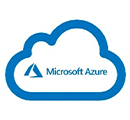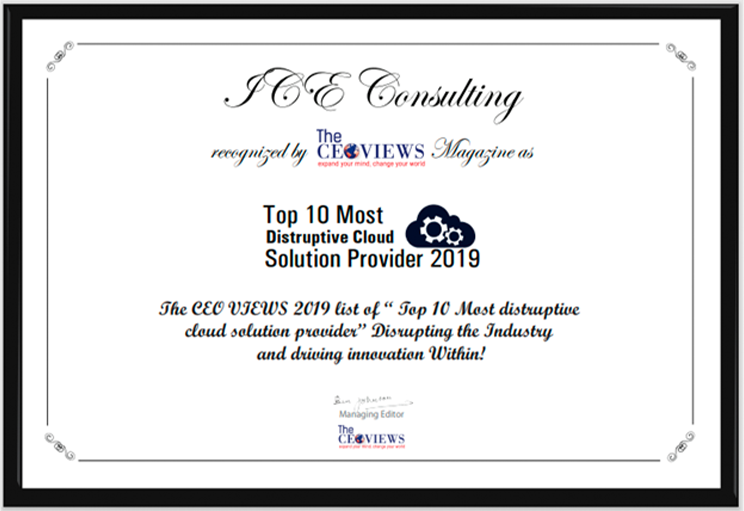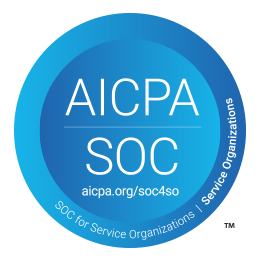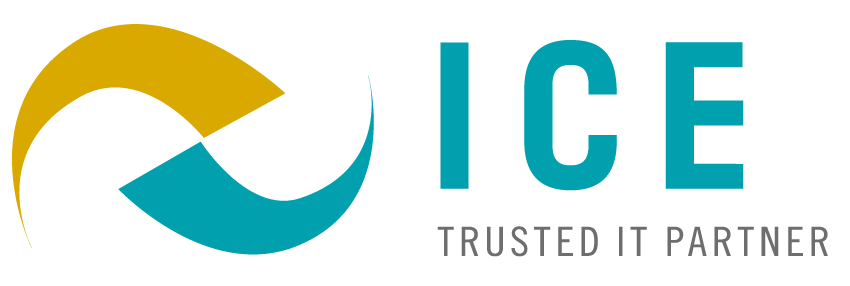Complete Cloud Solutions

Cloud technology is all about making your business more responsive, scalable, and competitive. We’ve been building cloud infrastructures for years. We can help your company adopt the best strategy to migrate your IT infrastructure to the cloud and maintain it. We start by performing a comprehensive IT audit and assessment to give us insight into your business processes and current IT infrastructure.
We then carefully review the different variables before selecting the right cloud services, and make sure that it fits your business requirements. We design all aspects of the network, systems, security, and bandwidth. We have a team of highly experienced engineers who will handle your IT migration to the cloud.
Our Cloud Services Expertise Include








































The Hybrid Cloud Approach
Hybrid cloud is a cloud computing environment that uses a mix of on-premises, private cloud, and third-party, public cloud services with orchestration between the two platforms. By allowing workloads to move between private and public clouds as computing needs and costs change, hybrid cloud gives businesses greater flexibility, and more data deployment options. Read our newsletter on the topic.
The primary benefit of a hybrid cloud is agility. The need to adapt and change direction quickly is a core principle of a digital business. Your enterprise might want (or need) to combine public clouds, private clouds, and on-premises resources to gain the agility it needs for a competitive advantage. Here’s an example:
- an on-premises private cloud to host sensitive or critical workloads
- a third-party public cloud provider to host less-critical resources, such as test and development workloads.
ICE Ranked as a Top 10 Cloud Solution Provider


SOC 2 Certified
Less than 5% of MSPs have the prestigious SOC 2 Certification that helps ensure the security, confidentiality, and privacy of your company’s data.

24x7x365
Live monitoring, response, and support services—when and wherever you need it most.

97% Client Satisfaction Score
Based on more than 5,000 client reviews.

25 Years in Business
We have been providing Managed It services since 1997.
